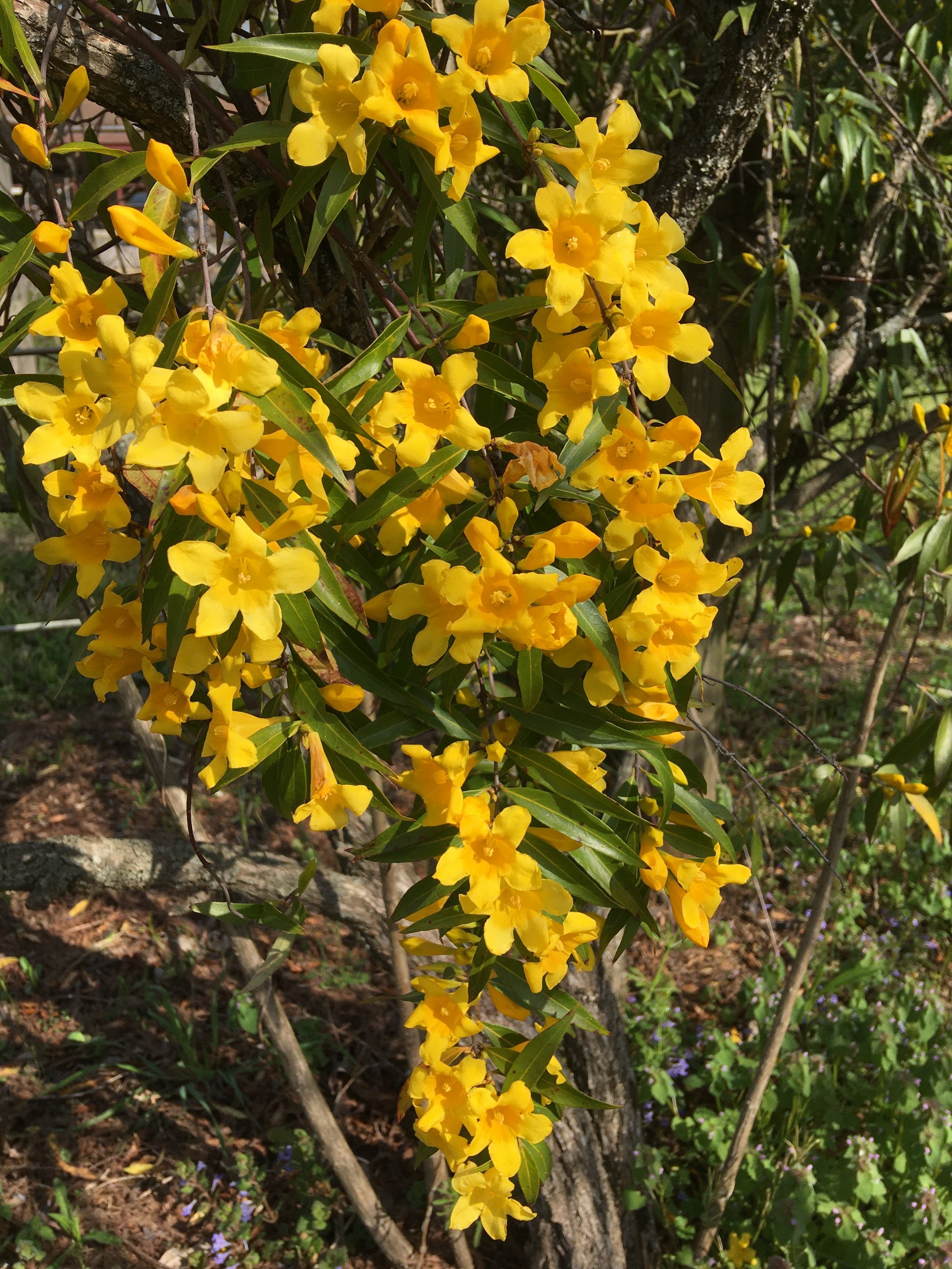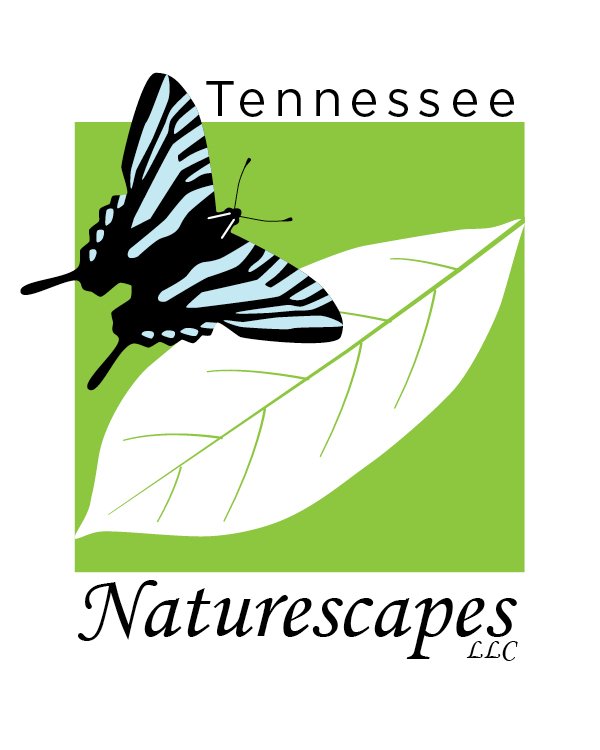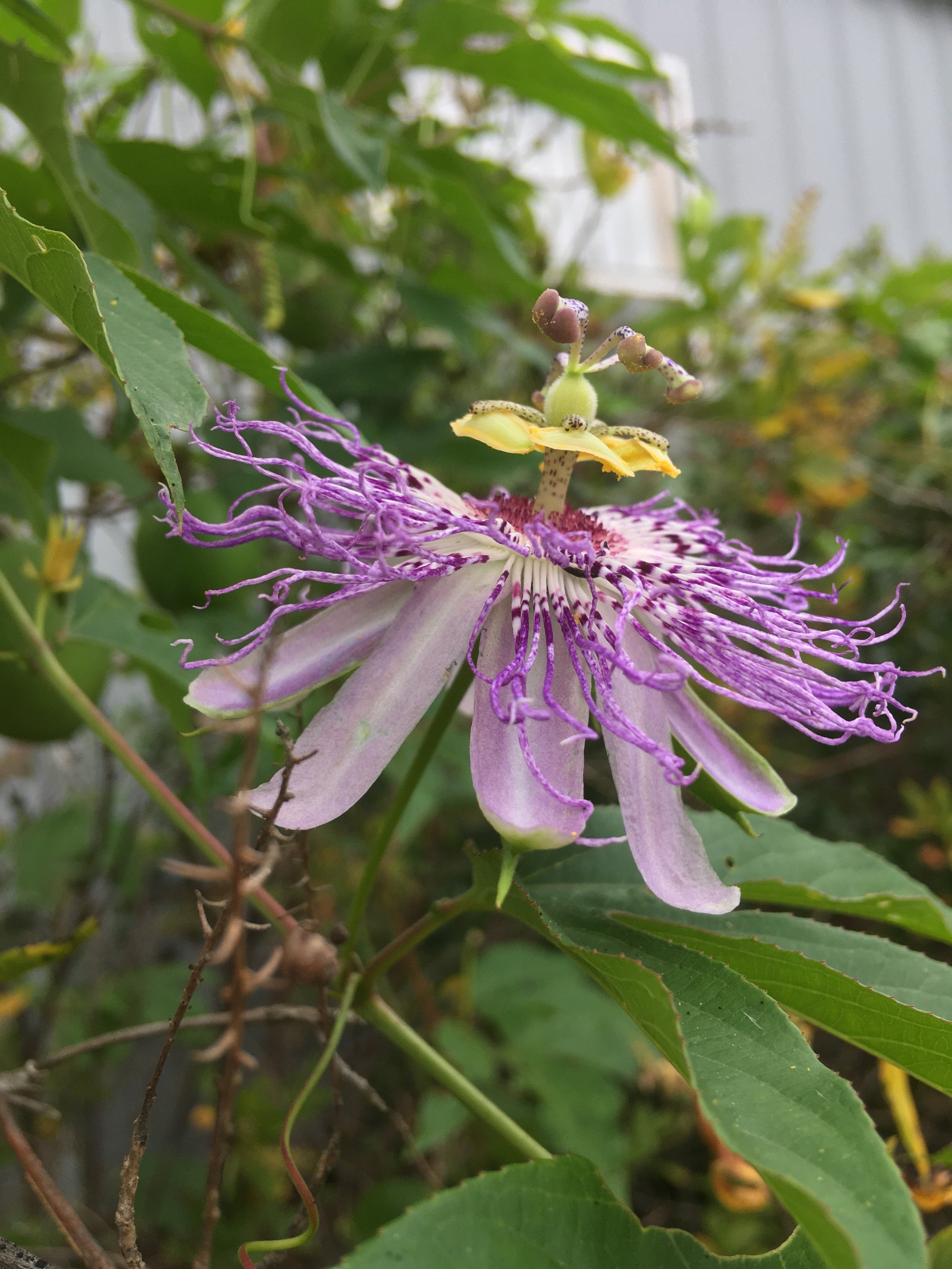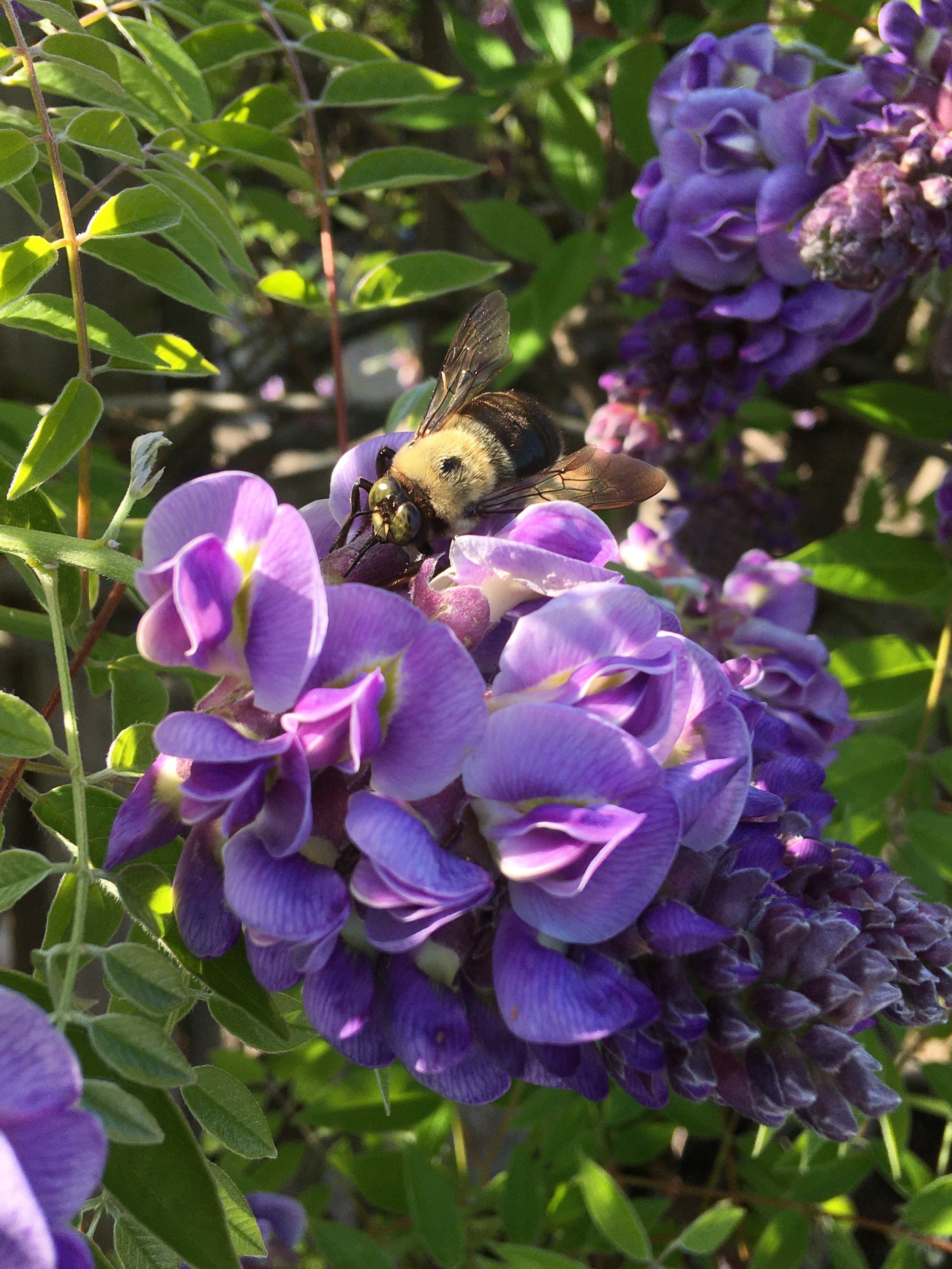 Image 1 of 3
Image 1 of 3

 Image 2 of 3
Image 2 of 3

 Image 3 of 3
Image 3 of 3




Gelsemium sempervirens - (Carolina Jessamine)
GARDEN SITE: ☀️ Moist, Organically rich, Well-drained Soil.
SIZE: ⬆10-20 ft. ↔10-20 ft.
FLOWERS: Yellow blooms February - April
WILDLIFE: Attracts Bees & Hummingbirds
ZONE: 7-10
DISTRIBUTION: AL , AR , FL , GA , LA , MS , NC , SC , TN , TX , VA
What’s yellow-flowered, EVERGREEN and blooms before many other plants even as early as in February - our native Jessamine! Grow this plant on a trellis, arbor, pergola, wall or fence. It’s also a good cover for a porch or you can also let climb into smaller trees. This vine attracts native bees, hummingbirds and Spicebush Swallowtail butterflies. It thrives in moist to moderately dry soil and needs at least 3 to 4 hours of sun each day for best flowering.
The species name sempervirens derives from the Latin semper meaning ’always‘ and virens meaning ‘green’. Carl Linnaeus first classified G. sempervirens as Bignonia sempervirens in 1753; Antoine Laurent de Jussieu created a new genus for this species in 1789. Gelsemium is a Latinized form of the Italian word for jasmine, gelsomino.
Note! All parts of this plants are poisonous if ingested.
Humans have been poisoned, especially children, by sucking nectar from the flowers, mistaken as honeysuckle. There is a risk for dogs that eat any part of the plant. Seizures, breathing difficulties, and death can follow the initial symptoms of muscle weakness and paralysis. All livestock, like cattle, goats, chickens, and geese. Horses are also affected by this plant’s toxicity. The flowers, leaves, and roots are poisonous. source
GARDEN SITE: ☀️ Moist, Organically rich, Well-drained Soil.
SIZE: ⬆10-20 ft. ↔10-20 ft.
FLOWERS: Yellow blooms February - April
WILDLIFE: Attracts Bees & Hummingbirds
ZONE: 7-10
DISTRIBUTION: AL , AR , FL , GA , LA , MS , NC , SC , TN , TX , VA
What’s yellow-flowered, EVERGREEN and blooms before many other plants even as early as in February - our native Jessamine! Grow this plant on a trellis, arbor, pergola, wall or fence. It’s also a good cover for a porch or you can also let climb into smaller trees. This vine attracts native bees, hummingbirds and Spicebush Swallowtail butterflies. It thrives in moist to moderately dry soil and needs at least 3 to 4 hours of sun each day for best flowering.
The species name sempervirens derives from the Latin semper meaning ’always‘ and virens meaning ‘green’. Carl Linnaeus first classified G. sempervirens as Bignonia sempervirens in 1753; Antoine Laurent de Jussieu created a new genus for this species in 1789. Gelsemium is a Latinized form of the Italian word for jasmine, gelsomino.
Note! All parts of this plants are poisonous if ingested.
Humans have been poisoned, especially children, by sucking nectar from the flowers, mistaken as honeysuckle. There is a risk for dogs that eat any part of the plant. Seizures, breathing difficulties, and death can follow the initial symptoms of muscle weakness and paralysis. All livestock, like cattle, goats, chickens, and geese. Horses are also affected by this plant’s toxicity. The flowers, leaves, and roots are poisonous. source












